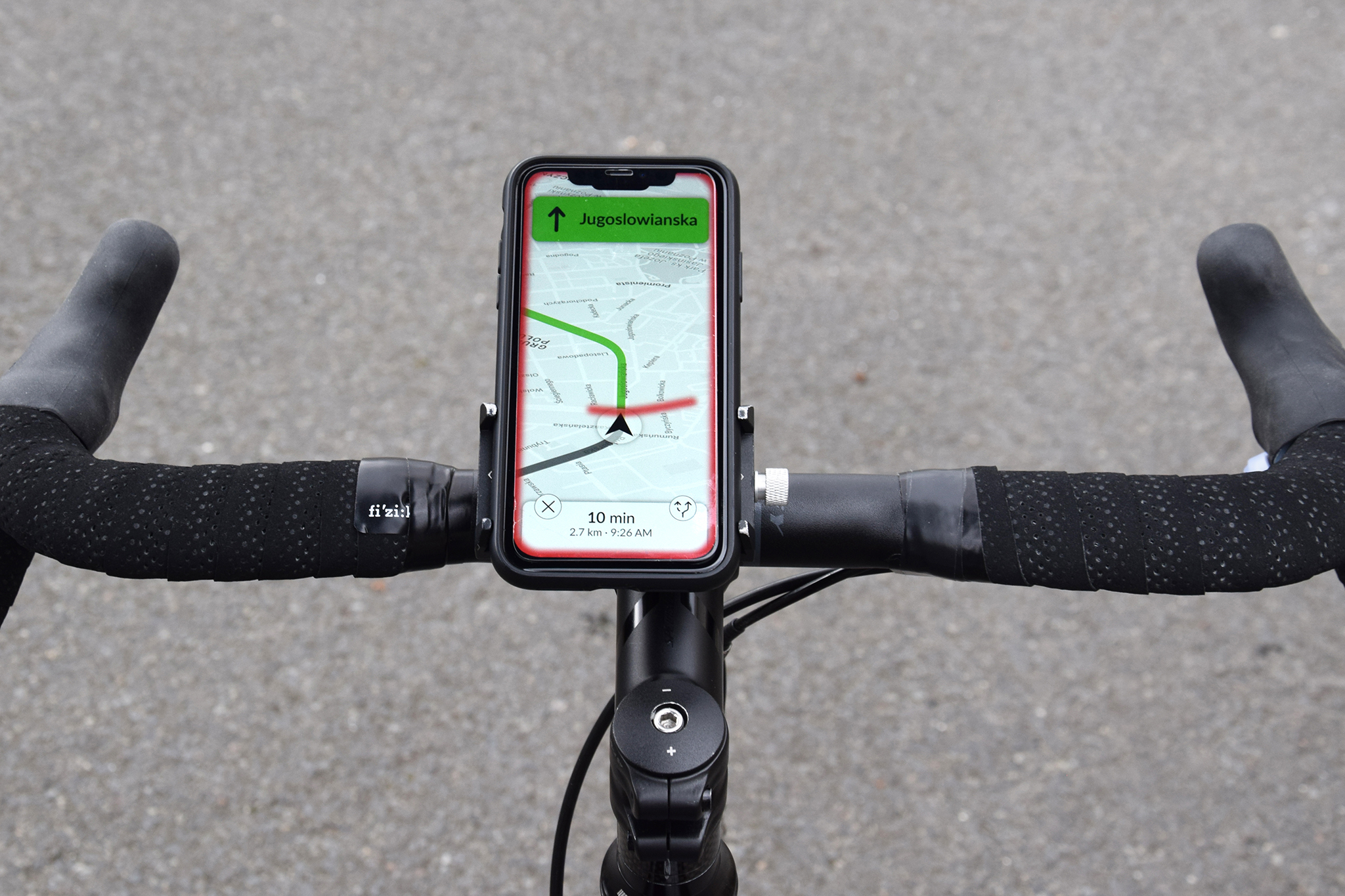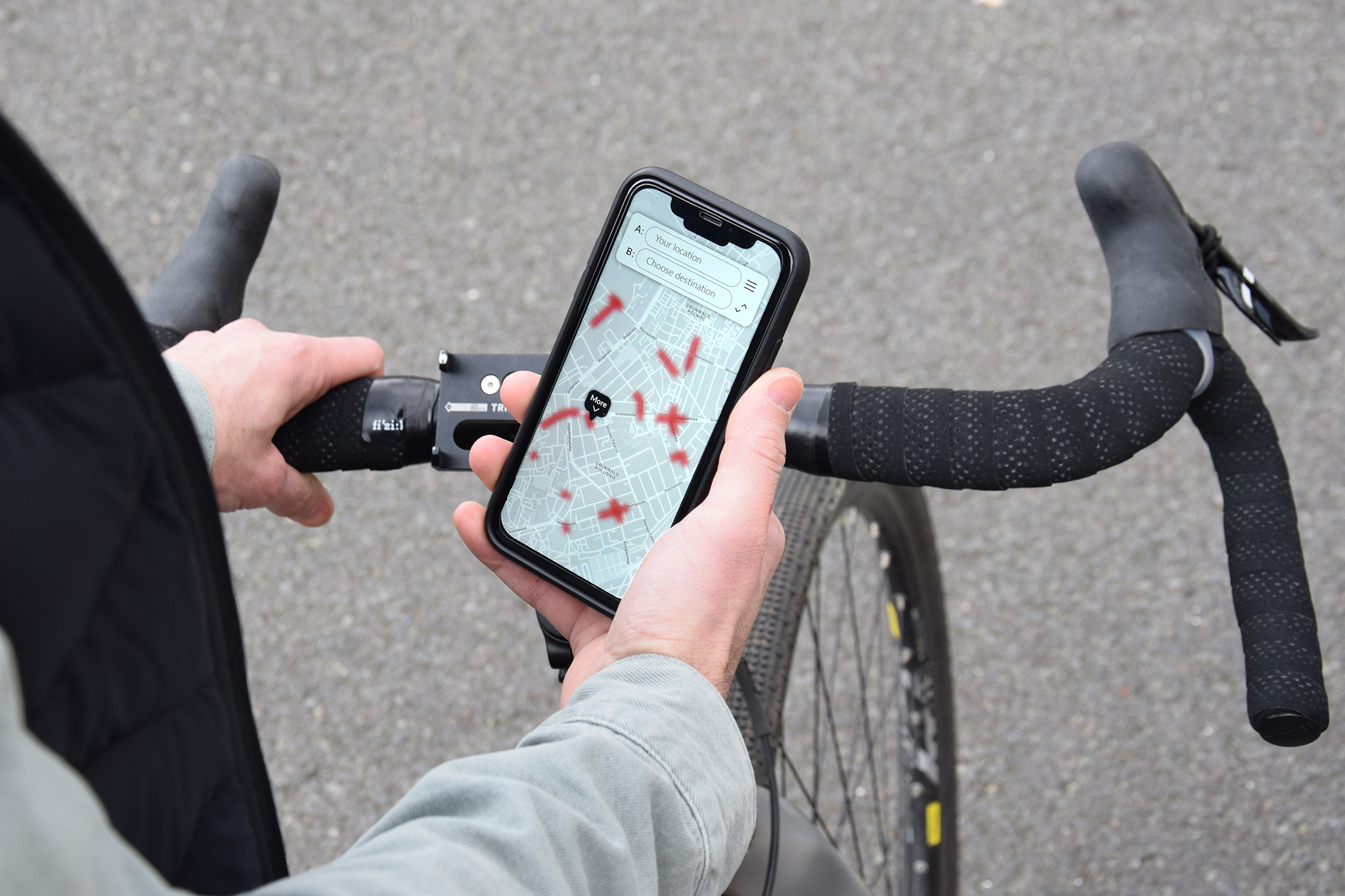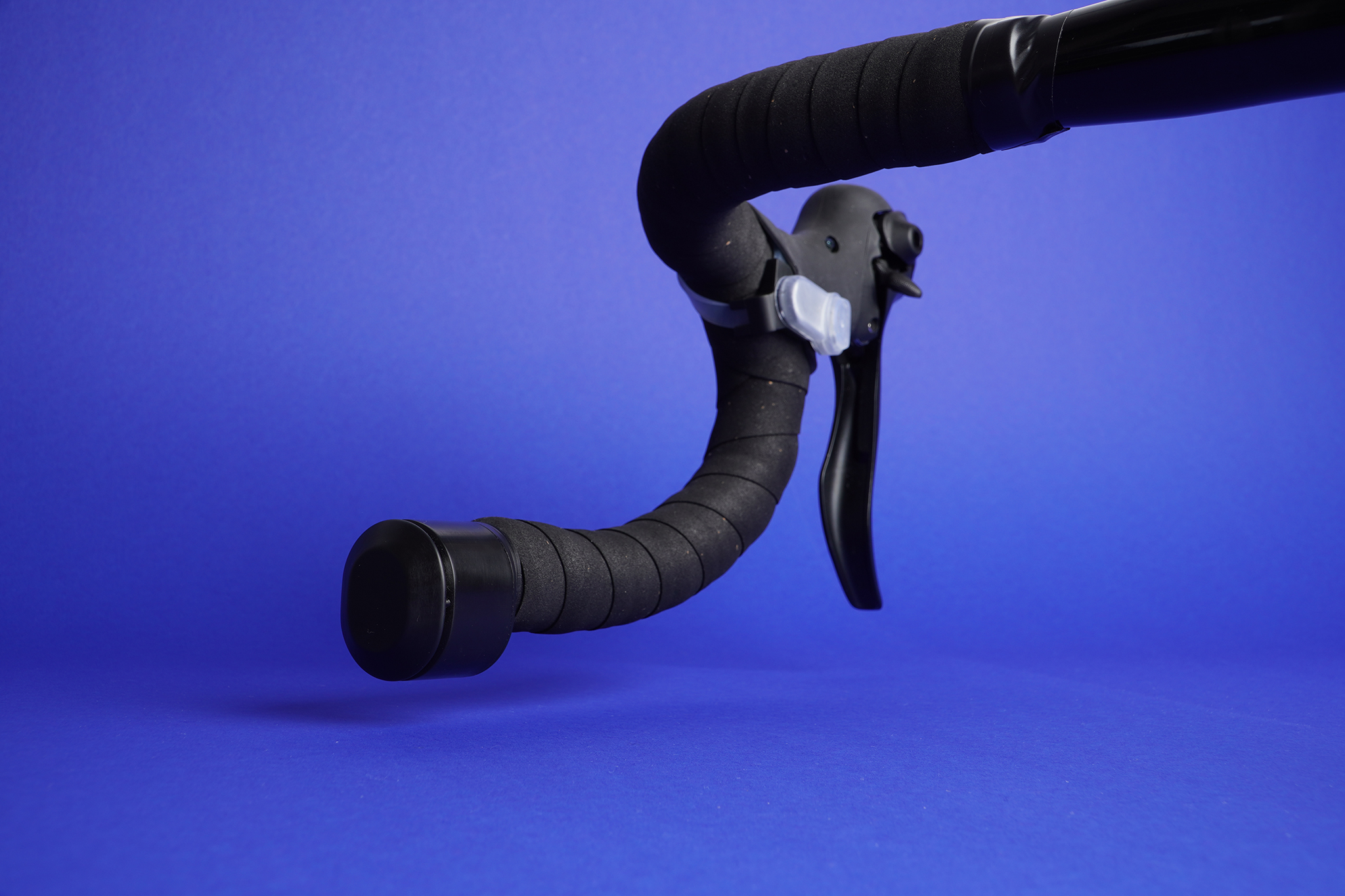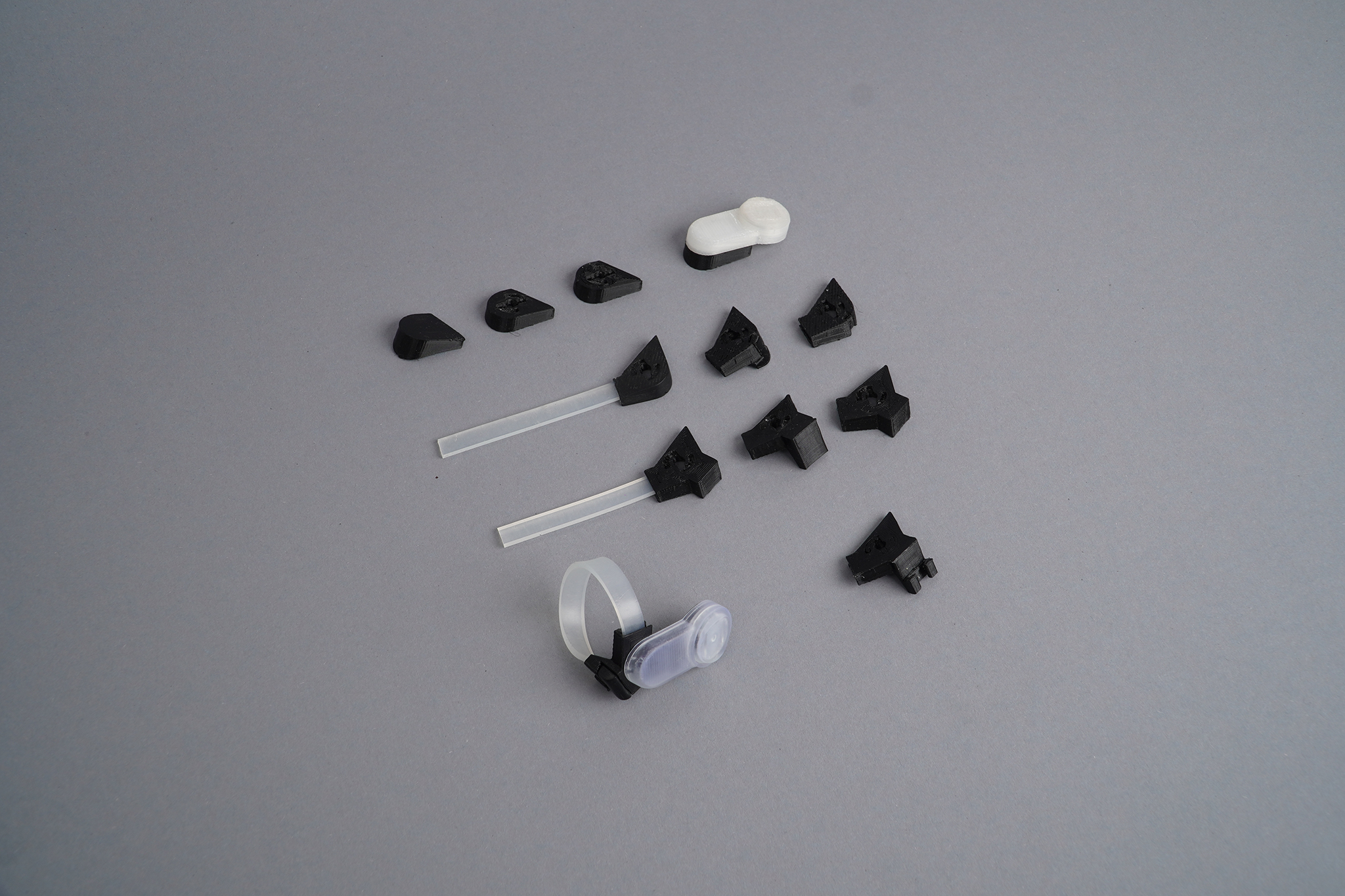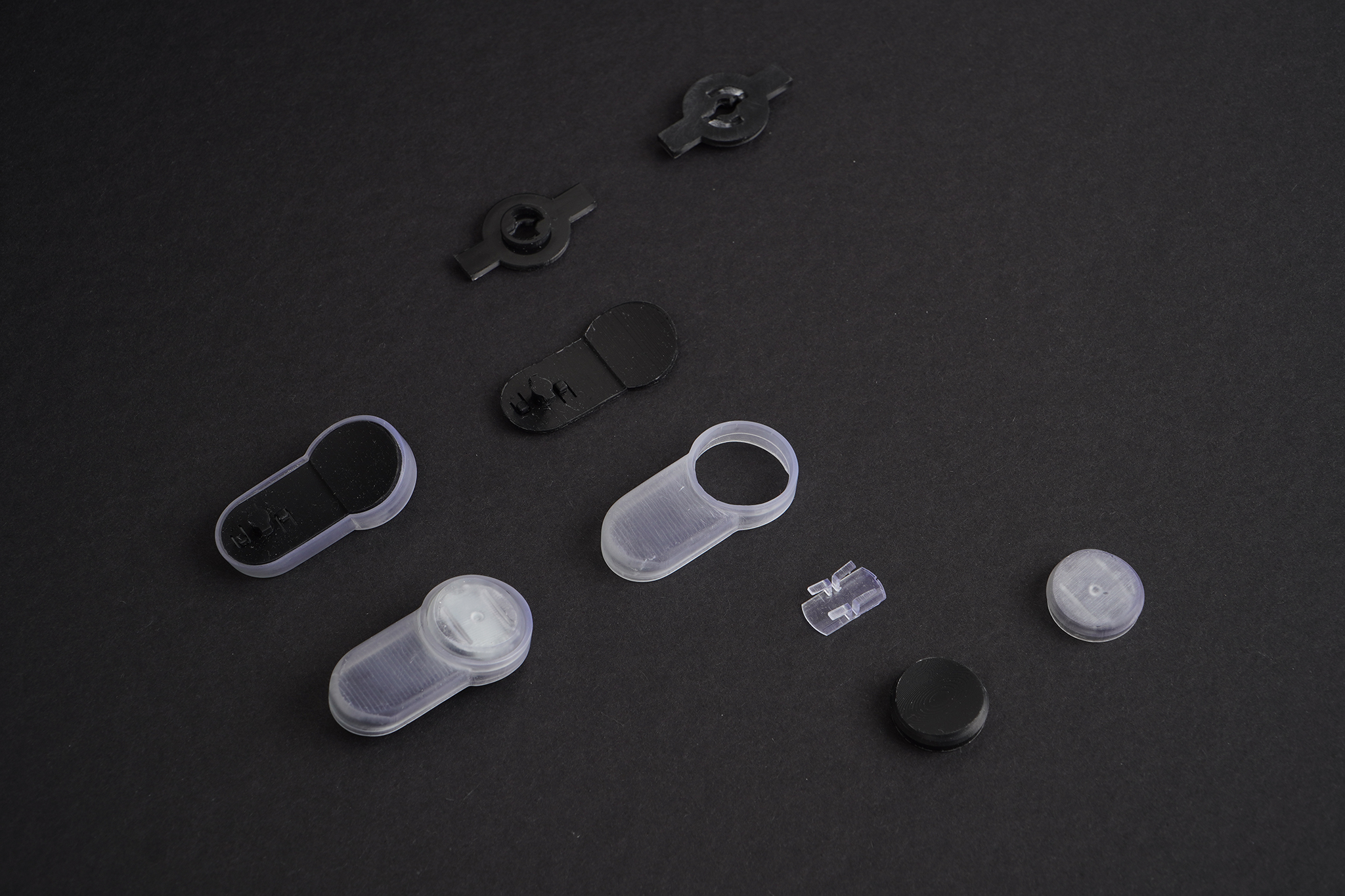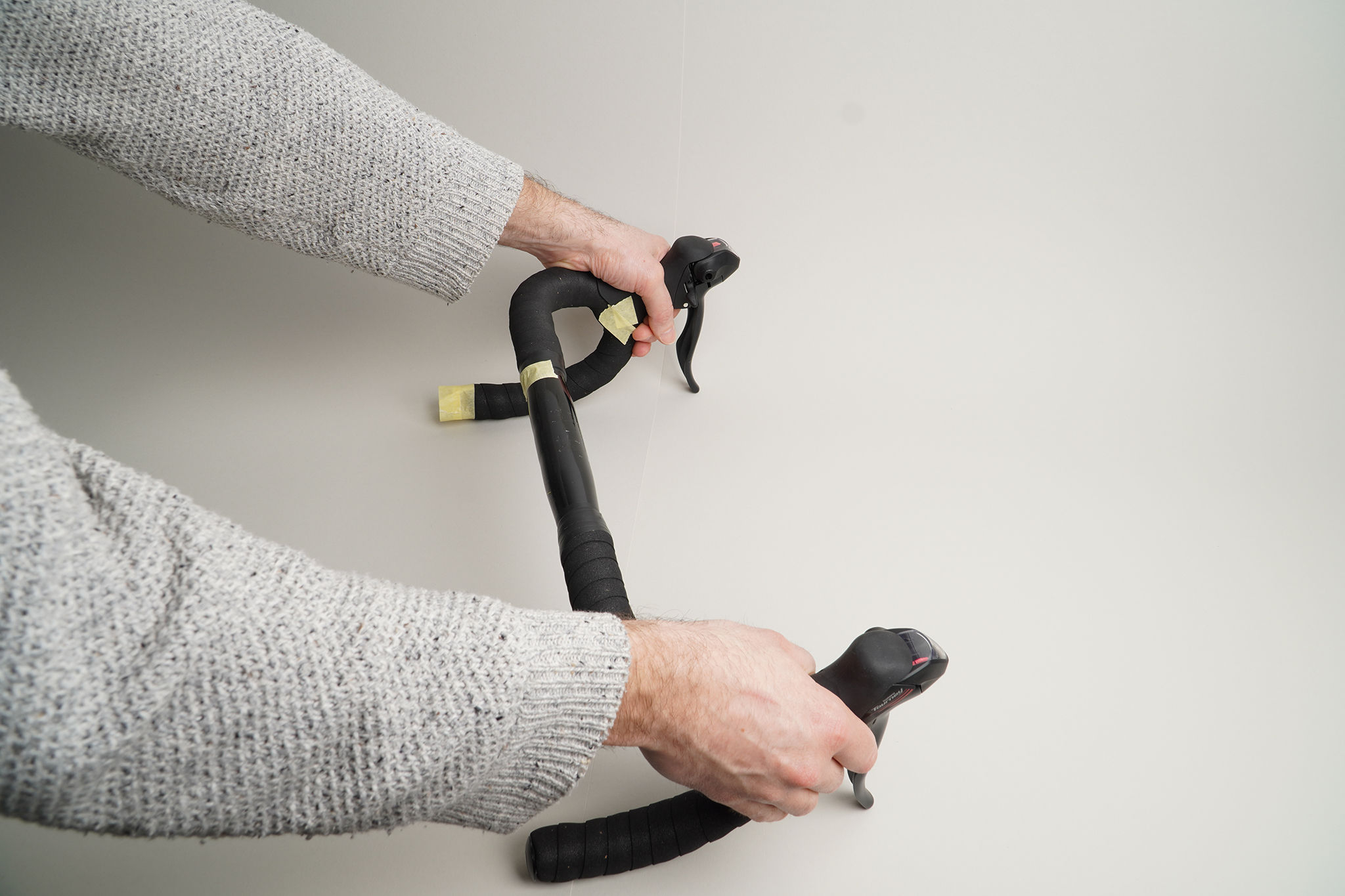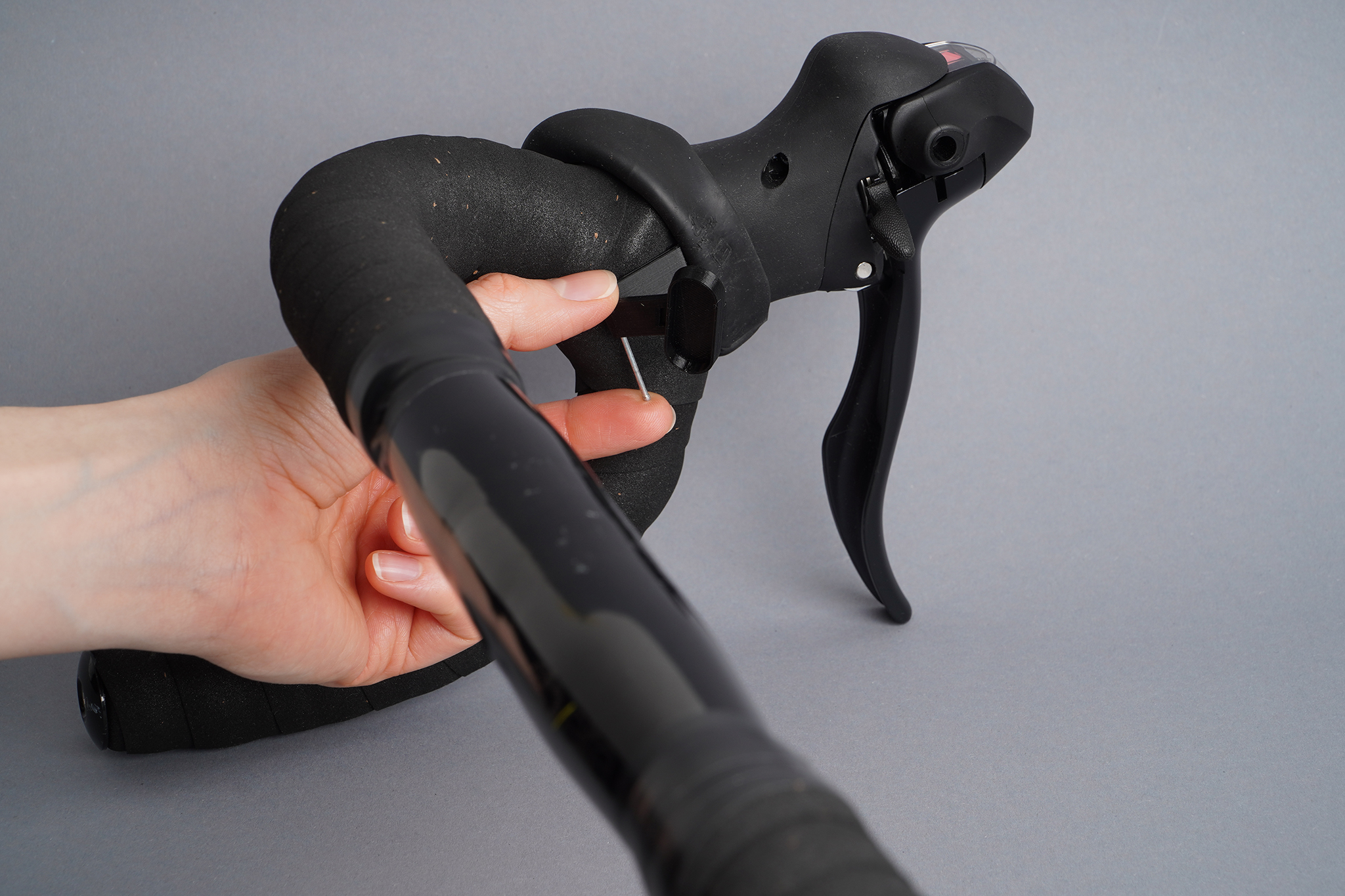Riding around a city on a gravel bike, so one with a drop handlebar I have noticed a problem that arises when I want to use the bike bell. With my hands on the handlebars where I have access to the brakes when I want to use the bell, I have to raise one hand, use the bell which is fixed at the top of the handlebars – next to a stem, and then put my hand again where I can brake comfortably.
The moment when a cyclist has to use the bell is usually a potentially dangerous situation in which extreme caution must be taken. It is hard to predict how another traffic participant will behave. Letting go of the handlebars in such circumstances is somehow absurd because it is in such situations that the cyclist should have full control of the bike and be able to ring the bell as quickly as possible.
In the first phase of the concept FYBELL was a pragmatic solution to a problem that stems from the fact that in the past drop handlebars were only used on road bikes for sporting activities, but today there are many other bikes with such handlebars (gravel bike, touring bike, cyclocross bike) that are increasingly used in the city.
BUT WHAT IF THE CYCLIST KNEW ABOUT THE DANGER EVEN BEFORE IT HAPPEN?
From this point on, FYBELL was not only, based on research into ergonomics and different situations on the road, a design response to the above problem, but also a system that increases safety by raising the cyclist’s awareness of the potential danger they might encounter.
FYBELL is an intelligent system that collects from users and then analyses the following data:
- TIME – when the bell was used
- LOCATION – where the bell was used
- SPEED – what was the speed before and after the bell was used
- FREQUENCY – how many users in a given location used the bell at a given time
The electric bike bell sends this data via Bluetooth to an app. The data is then analyzed by artificial intelligence algorithms, resulting in a map showing the dangerous areas.
When using the FYBELL system, a cyclist is warned at the moment they enter a dangerous zone in two ways:
- By means of an illuminating LED light integrated into the button
- In navigation mode in the form of a red frame.
The warning remains on as long as the cyclist is in the danger zone and then extinguishes.
In the search for perfect ergonomics and the need for cleanliness and simplicity, the FLYBELL components have been arranged in two locations.
- a button located on the inside of a drop handlebar, which allows the bell to be used in the lower and upper grip, designed to fit any drop handlebar.
- a bicycle bell integrated into the plug (that locks the tape), which is an aesthetically pleasing extension of the handlebar.
The connection between the bell and the button is wireless. This allows for quick and easy installation without the need to unwrap the tape.
FYBELL offers the potential for greater safety not only on bikes with drop handlebars but also for all cyclists.
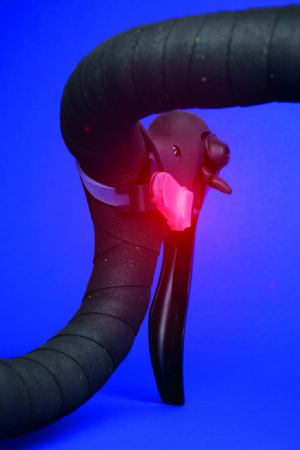
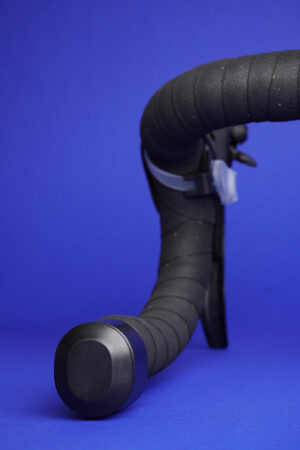
PROZESS
Supervised by
Prof. Ineke Hans
Prof. Holger Neumann
WM Steffen Herm
